|
[1]
|
C. A. C. Coello, G. B. Lamont, D. A. V. Veldhuizen, Evolutionary Algorithms for Solving Multi-Objective Problems, 2nd edition, Springer, New York, 2007.
|
|
[2]
|
H. Zhang, J. Sun, T. Liu, K. Zhang, Q. Zhang, Balancing exploration and exploitation in multi-objective evolutionary optimization, Inf. Sci., 497 (2019), 129-148. https://doi.org/10.1016/j.ins.2019.05.046 doi: 10.1016/j.ins.2019.05.046

|
|
[3]
|
M. Méndez, D. A. Rossit, B. González, M. Frutos, Proposal and comparative study of evolutionary algorithms for optimum design of a gear system, IEEE Access, 8 (2020), 3482-3497. https://doi.org/10.1109/ACCESS.2019.2962906 doi: 10.1109/ACCESS.2019.2962906

|
|
[4]
|
C. Wang, J. Li, H. Rao, A. Chen, J. Jiao, N. Zou, L. Gu, Multi-objective grasshopper optimization algorithm based on multi-group and co-evolution, Math. Biosci. Eng., 18 (2021), 2527-2561. https://doi.org/10.3934/mbe.2021129 doi: 10.3934/mbe.2021129

|
|
[5]
|
K. Deb, A. Pratap, S. Agarwal, T. Meyarivan, A fast and elitist multiobjective genetic algorithm: NSGA-II, IEEE Trans. Evol. Comput., 6 (2002), 182-197. https://doi.org/10.1109/4235.996017 doi: 10.1109/4235.996017

|
|
[6]
|
Q. Zhang, H. Li, MOEA/D: A multiobjective evolutionary algorithm based on decomposition, IEEE Trans. Evol. Comput., 11 (2007), 712-731. https://doi.org/10.1109/TEVC.2007.892759 doi: 10.1109/TEVC.2007.892759

|
|
[7]
|
R. Saborido, A. B. Ruiz, M. Luque, Global WASF-GA: An evolutionary algorithm in multiobjective optimization to approximate the whole Pareto optimal front, Evol. Comput., 25 (2017), 309-349. https://doi.org/10.1162/EVCO_a_00175 doi: 10.1162/EVCO_a_00175

|
|
[8]
|
A. P. Wierzbicki, The use of reference objectives in multiobjective optimization, in Multiple Criteria Decision Making, Theory and Applications, Springer, 177 (1980), 468-486. https://doi.org/10.1007/978-3-642-48782-8_32
|
|
[9]
|
H. Ishibuchi, K. Doi, Y. Nojima, Reference point specification in MOEA/D for multi-objective and many-objective problems, in Proceedings of the 2016 IEEE International Conference on Systems, Man, and Cybernetics (SMC), Budapest, Hungary, (2016), 004015-004020. https://doi.org/10.1109/SMC.2016.7844861
|
|
[10]
|
R. Wang, J. Xiong, H. Ishibuchi, G. Wu, T. Zhang, On the effect of reference point in MOEA/D for multi-objective optimization, Appl. Soft Comput., 58 (2017), 25-34. https://doi.org/10.1016/j.asoc.2017.04.002 doi: 10.1016/j.asoc.2017.04.002

|
|
[11]
|
Z. Wang, Q. Zhang, H. Li, H. Ishibuchi, L. Jiao, On the use of two reference points in decomposition based multiobjective evolutionary algorithms, Swarm Evol. Comput., 34 (2017), 89-102. https://doi.org/10.1016/j.swevo.2017.01.002 doi: 10.1016/j.swevo.2017.01.002

|
|
[12]
|
H. Ishibuchi, K. Narukawa, Y. Nojima, Handling of overlapping objective vectors in evolutionary multiobjective optimization, Int. J. Comput. Intell. Res., 1 (2005), 1-18.
|
|
[13]
|
Y. Wang, C. Dang, Improving multiobjective evolutionary algorithm by adaptive fitness and space division, in Advances in Natural Computation, Springer, (2005), 392-398. https://doi.org/10.1007/11539902_47
|
|
[14]
|
M. Wang, Y. Wang, X. Wang, A space division nultiobjective evolutionary algorithm based on adaptive multiple fitness functions, Int. J. Pattern Recognit. Artif. Intell., 30 (2016), 1659005. https://doi.org/10.1142/S0218001416590059 doi: 10.1142/S0218001416590059

|
|
[15]
|
C. He, Y. Tian, Y. Jin, X. Zhang, L. Pan, A radial space division based evolutionary algorithm for many-objective optimization, Appl. Soft Comput., 61 (2017), 603-621. https://doi.org/10.1016/j.asoc.2017.08.024 doi: 10.1016/j.asoc.2017.08.024

|
|
[16]
|
H. Chen, G. Wu, L. Huo, Y. Qi, Objective space division based adaptive multiobjective optimization algorithm, J. Software, 29 (2018), 2649-2663. https://doi.org/10.13328/j.cnki.jos.005278 doi: 10.13328/j.cnki.jos.005278

|
|
[17]
|
J. Liu, H. Zhang, K. He, S. Jiang, Multi-objective particle swarm optimization algorithm based on objective space division for the unequal-area facility layout problem, Expert Syst. Appl., 102 (2018), 179-192. https://doi.org/10.1016/j.eswa.2018.02.035 doi: 10.1016/j.eswa.2018.02.035

|
|
[18]
|
L. Pan, L. Li, C. He, K. C. Tan, A subregion division-based evolutionary algorithm with effective mating selection for many-objective optimization, IEEE Trans. Cybern., 50 (2020), 3477-3490. https://doi.org/10.1109/TCYB.2019.2906679 doi: 10.1109/TCYB.2019.2906679

|
|
[19]
|
W. Zhong, X. Hu, F. Lu, J. Wang, X. Liu, Y. Chen, A two-stage adjustment strategy for space division based many-objective evolutionary optimization, IEEE Access, 8 (2020), 197249-197262. https://doi.org/10.1109/ACCESS.2020.3034754 doi: 10.1109/ACCESS.2020.3034754

|
|
[20]
|
X. Gandibleux, A. Freville, Tabu search based procedure for solving the 0-1 multiobjective knapsack problem: the two objectives case, J. Heuristics, 6 (2000), 361-383. https://doi.org/10.1023/A:1009682532542 doi: 10.1023/A:1009682532542

|
|
[21]
|
H. Ishibuchi, N. Akedo, Y. Nojima, Behavior of multiobjective evolutionary algorithms on many-objective knapsack problems, IEEE Trans. Evol. Comput., 19 (2015), 264-283. https://doi.org/10.1109/TEVC.2014.2315442 doi: 10.1109/TEVC.2014.2315442

|
|
[22]
|
J. Yuan, H. Liu, C. Peng, Population decomposition-based greedy approach algorithm for the multi-objective knapsack problems, Int. J. Pattern Recognit. Artif. Intell., 31 (2017), 1759006. https://doi.org/10.1142/S0218001417590066 doi: 10.1142/S0218001417590066

|
|
[23]
|
N. Kantoura, S. Bouroubia, D. Chaabane, A parallel MOEA with criterion-based selection applied to the knapsack problem, Appl. Soft Comput., 80 (2019), 358-373. https://doi.org/10.1016/j.asoc.2019.04.005 doi: 10.1016/j.asoc.2019.04.005

|
|
[24]
|
M. Mahrach, G. Miranda, C. León, E. Segredo, Comparison between single and multi-objective evolutionary algorithms to solve the knapsack problem and the travelling salesman problem, Mathematics, 8 (2020), 2018. https://doi.org/10.3390/math8112018 doi: 10.3390/math8112018

|
|
[25]
|
Y. Sato, M. Sato, M. Midtlyng, M. Miyakawa, Parallel and distributed MOEA/D with exclusively evaluated mating and migration, in Proceedings of the 2020 IEEE Congress on Evolutionary Computation (CEC), Glasgow, UK, (2020), 1-8. https://doi.org/10.1109/CEC48606.2020.9185559
|
|
[26]
|
S. Zapotecas-Martínez, A. Menchaca-Méndez, On the performance of generational and steady-state MOEA/D in the multi-objective 0/1 knapsack problem, in Proceedings of the 2020 IEEE Congress on Evolutionary Computation (CEC), Glasgow, UK, (2020), 1-8. https://doi.org/10.1109/CEC48606.2020.9185715
|
|
[27]
|
D. A. Rossit, M. Méndez, M. Frutos, B. González, Hybrid evolutionary algorithm based on objective space division for the bi-objective knapsack problem, in Production Research: 10th International Conference of Production Research-Americas (ICPR-Americas 2020), Bahía Blanca, Argentina, 2020, Part I, Springer Nature, 2021.
|
|
[28]
|
E. Zitzler, L. Thiele, Multiobjective optimization using evolutionary algorithms--A comparative case study, in Parallel Problem Solving from Nature-PPSN IV, Springer, LNCS, 1498 (1998), 292-301. https://doi.org/10.1007/BFb0056872
|
|
[29]
|
C. M. Fonseca, P. J. Fleming, On the performance assessment and comparison of stochastic multiobjective optimizers, in Parallel Problem Solving from Nature-PPSN IV, Springer, LNCS, 1141 (1996), 584-593. https://doi.org/10.1007/3-540-61723-X_1022
|
|
[30]
|
J. Knowles, A summary-attainment-surface plotting method for visualizing the performance of stochastic multiobjective optimizers, in 5th International Conference on Intelligent Systems Design and Applications (ISDA 05), Warsaw, Poland, (2005), 552-557. https://doi.org/10.1109/ISDA.2005.15
|
|
[31]
|
F. Wilcoxon, Individual comparisons by ranking methods, Biom. Bull., 1 (1945), 80-83. https://doi.org/10.2307/3001968 doi: 10.2307/3001968

|











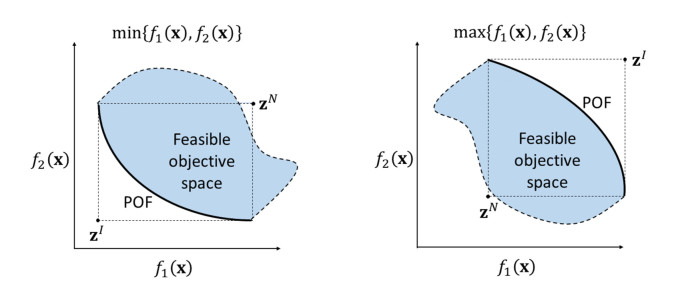
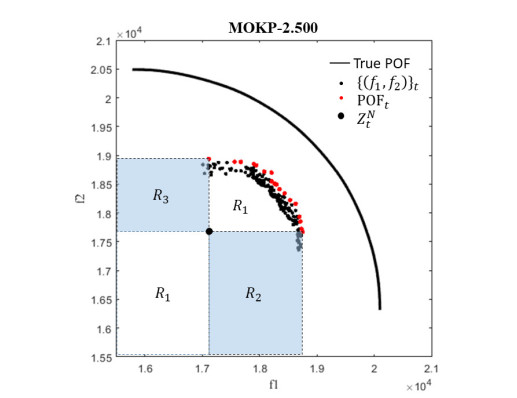
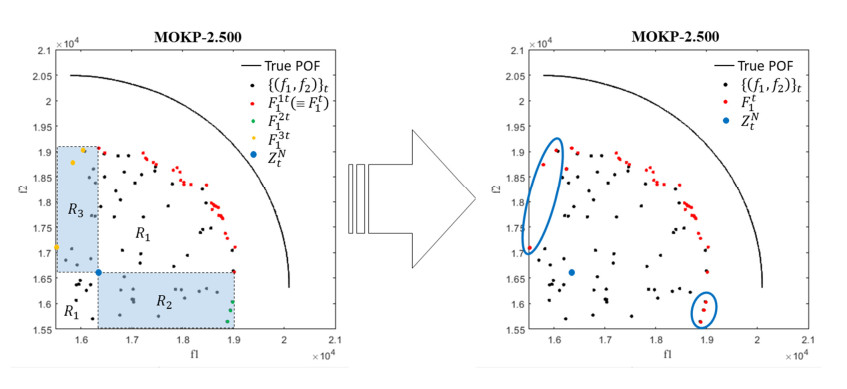
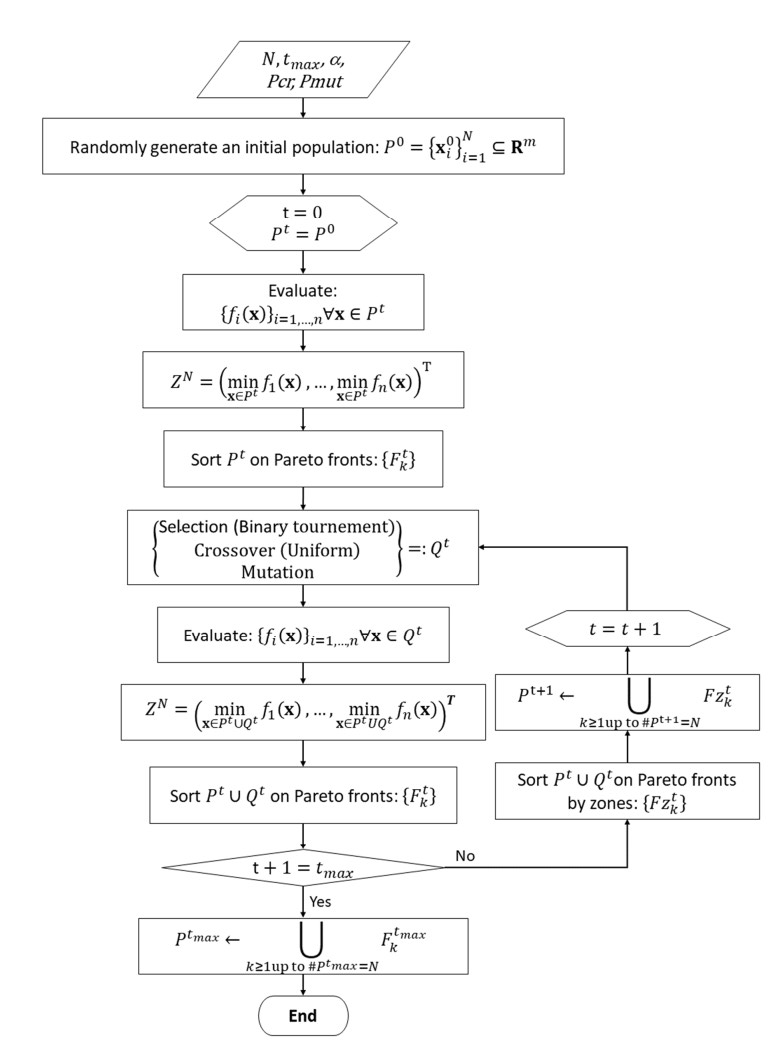
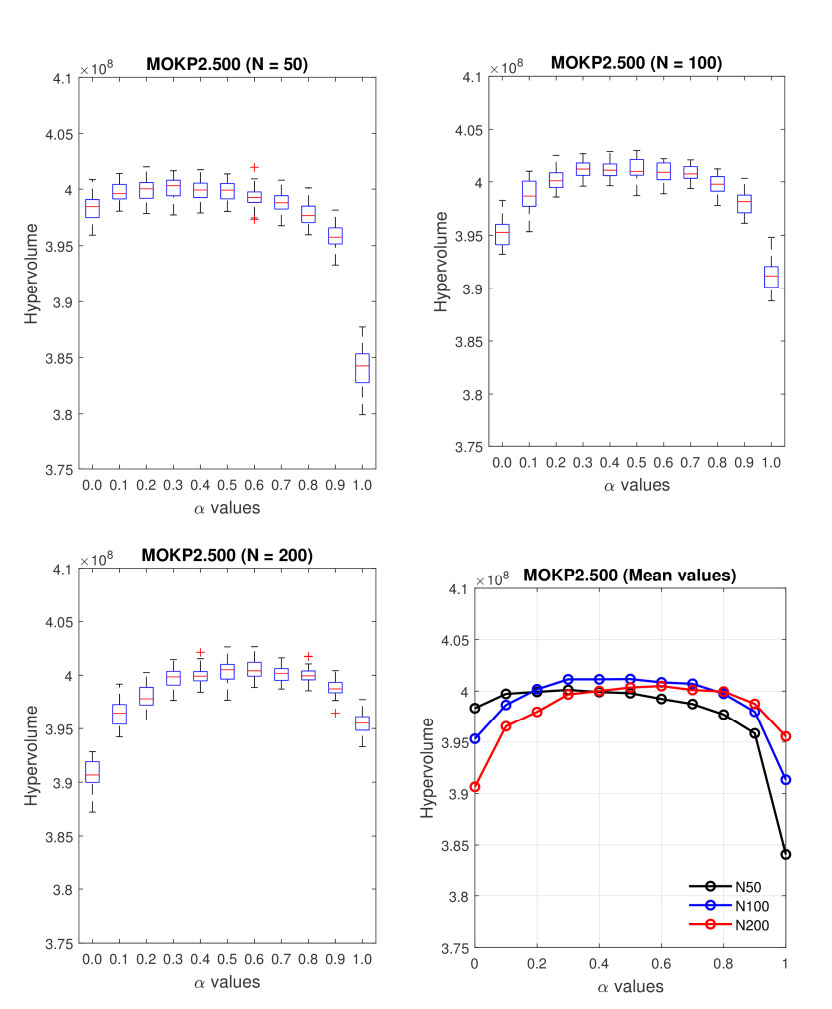
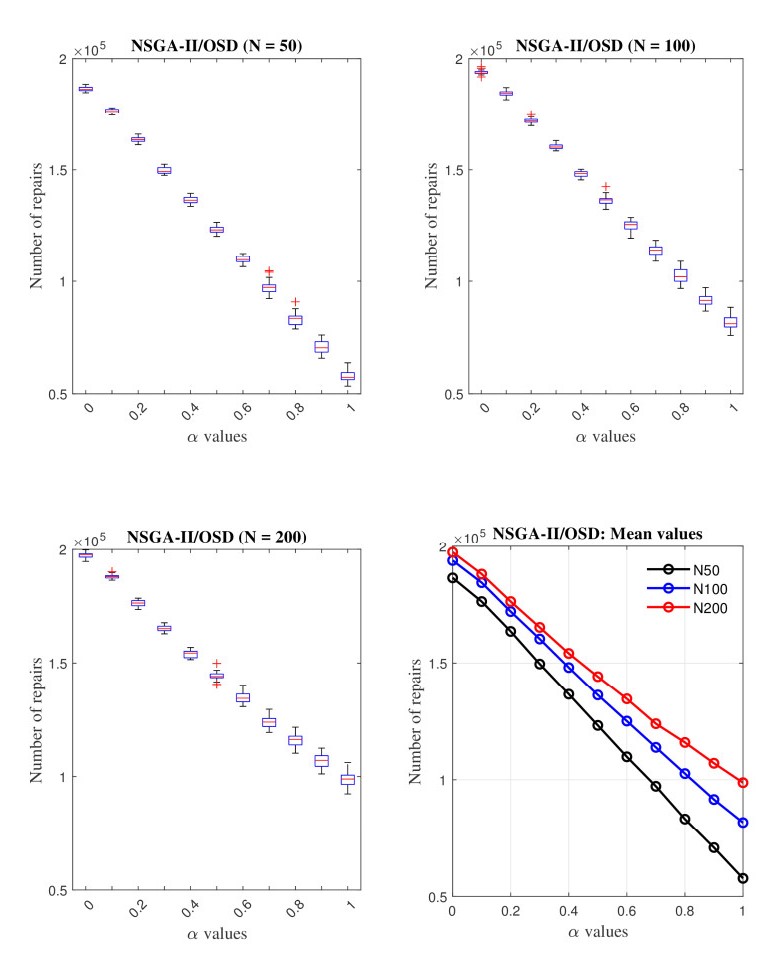
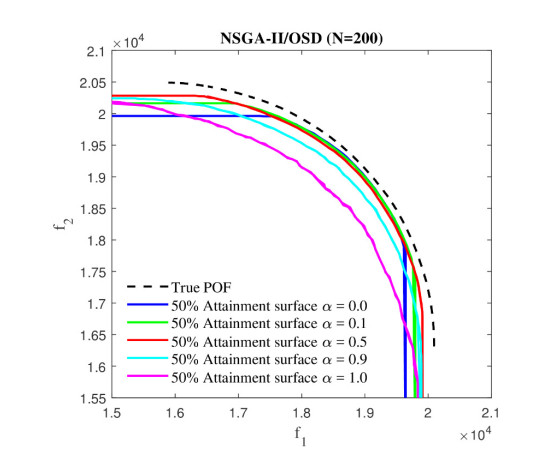
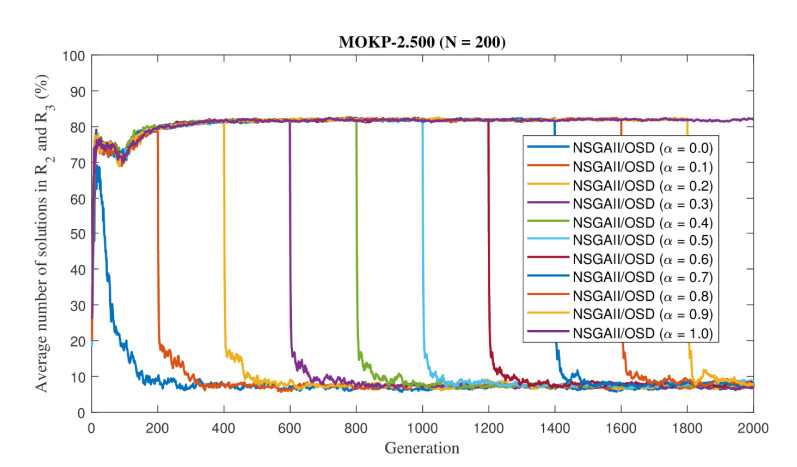
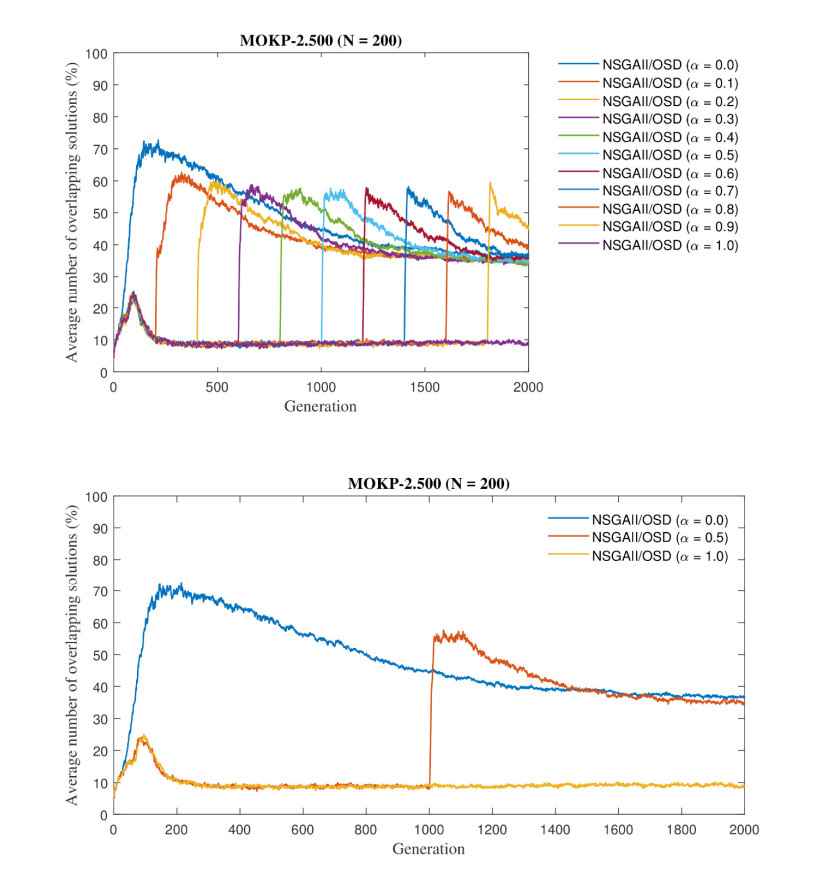
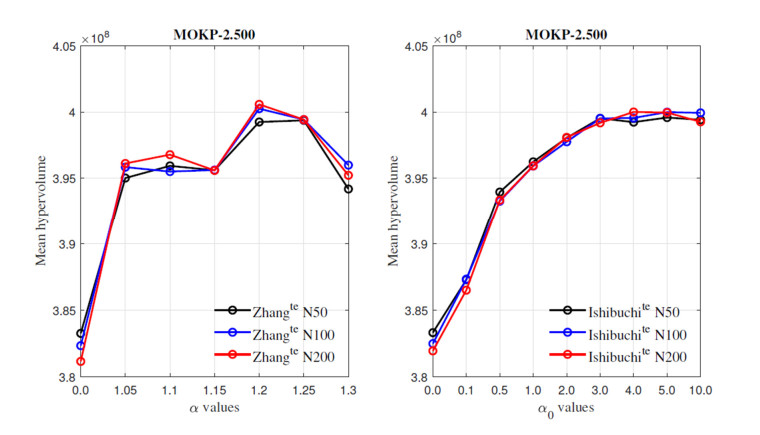
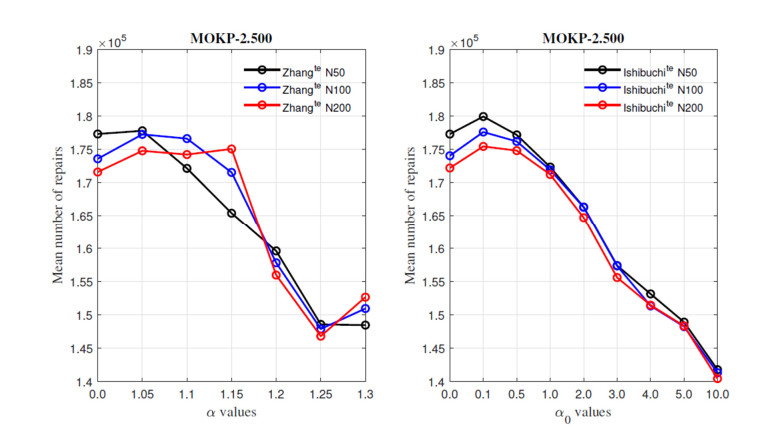



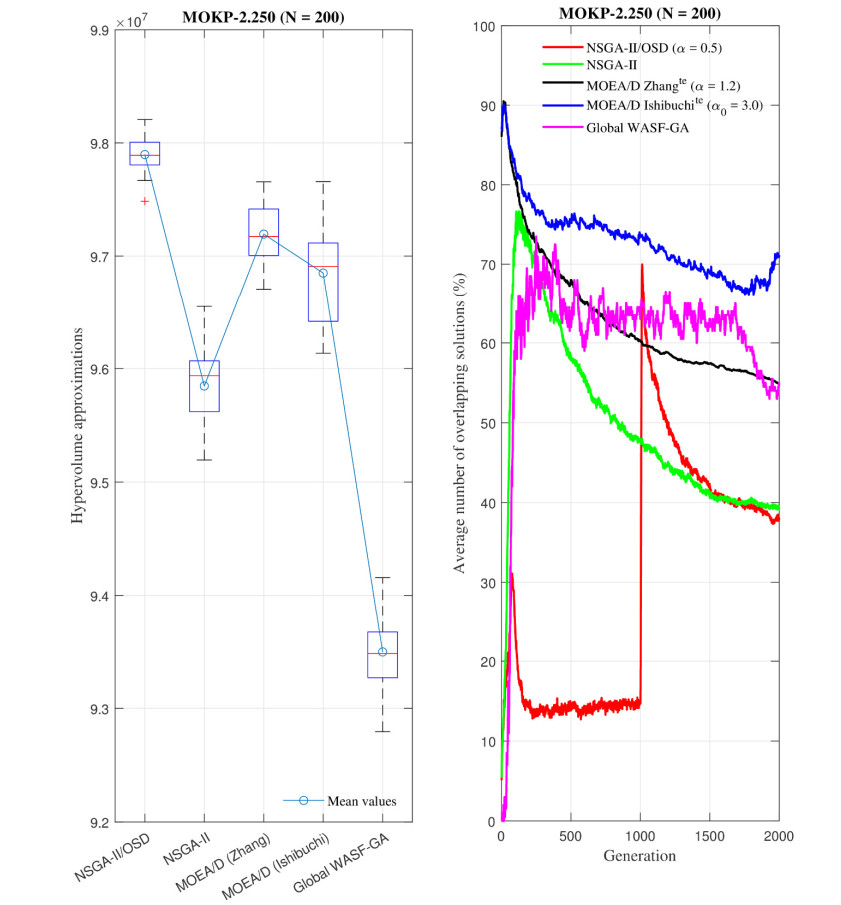
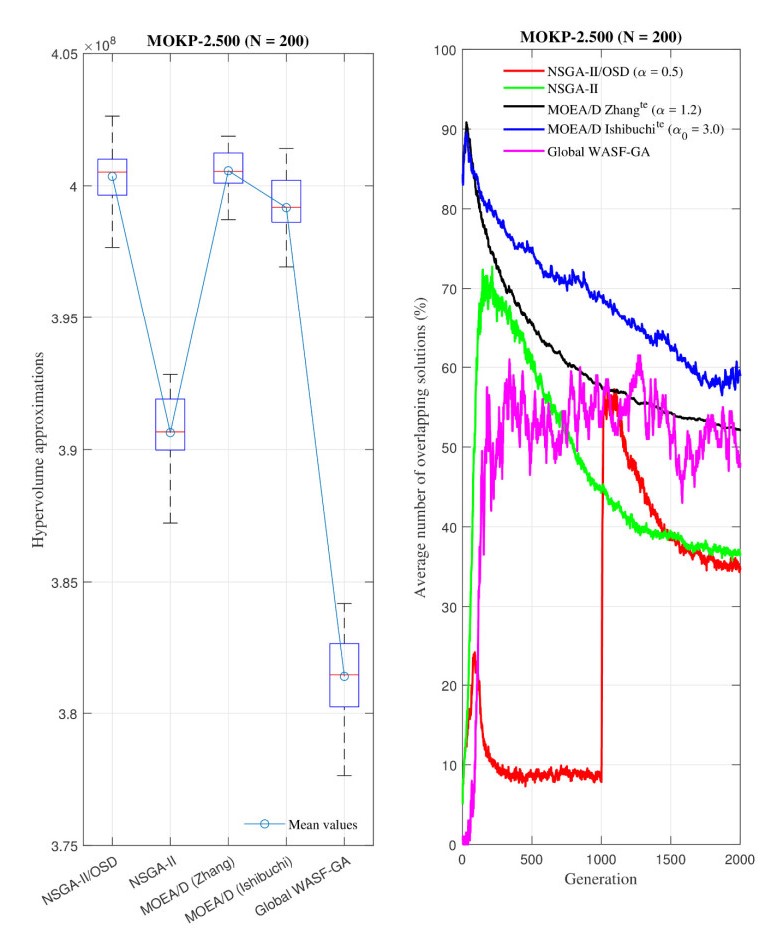

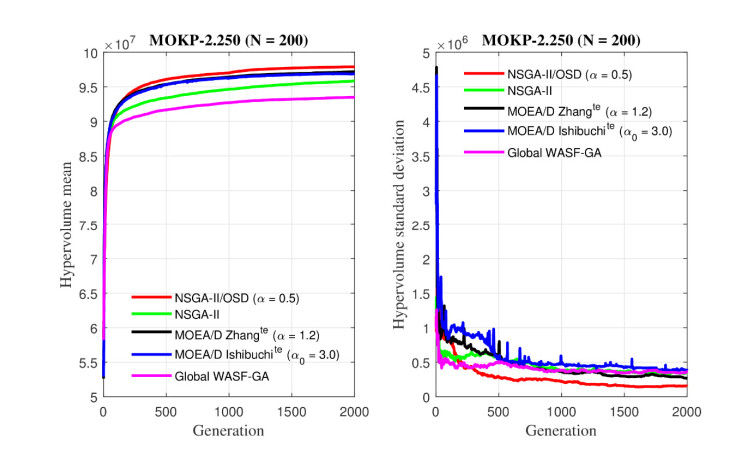
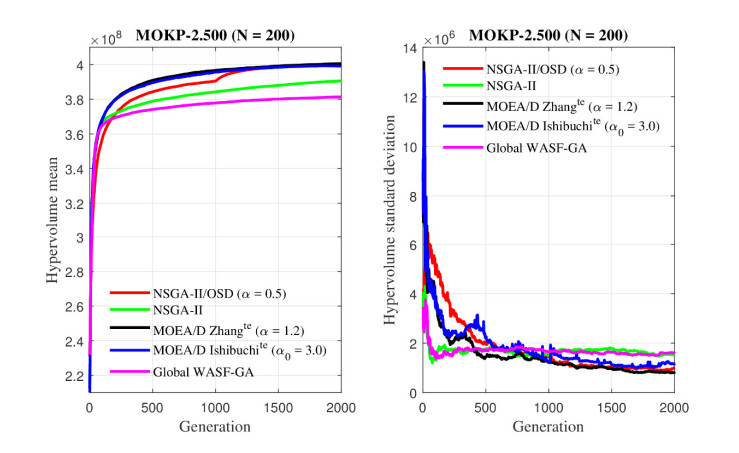

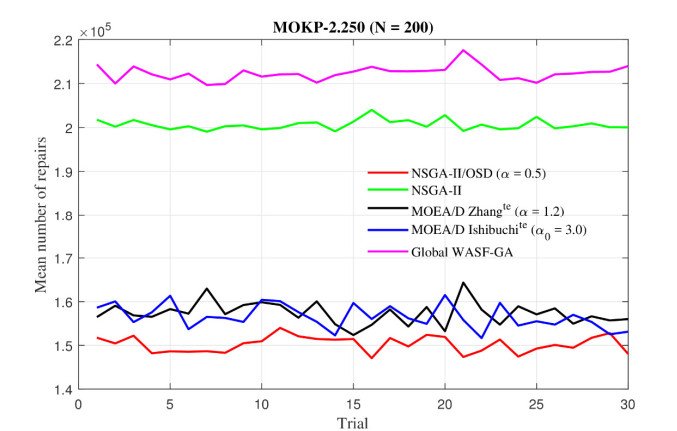
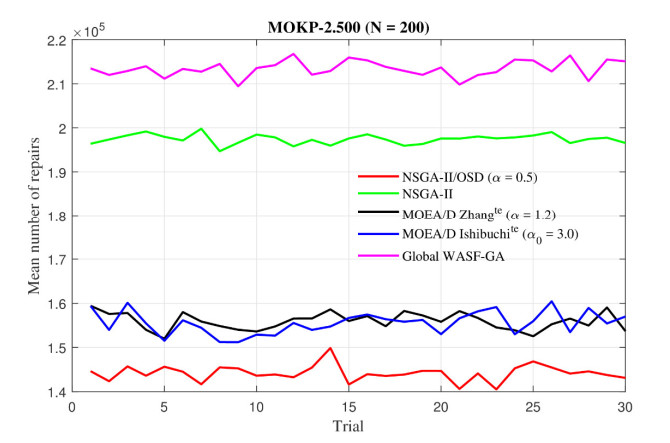
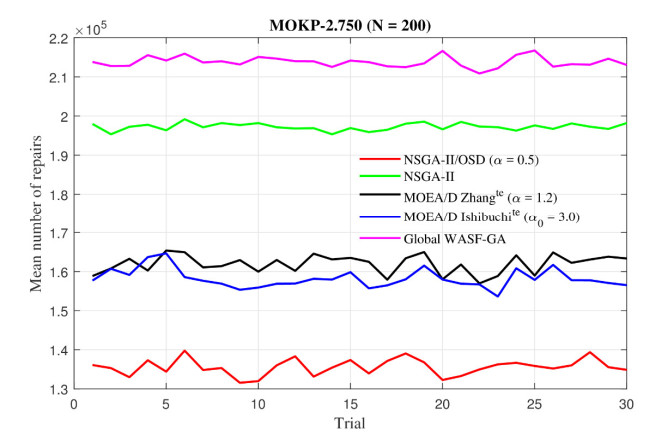
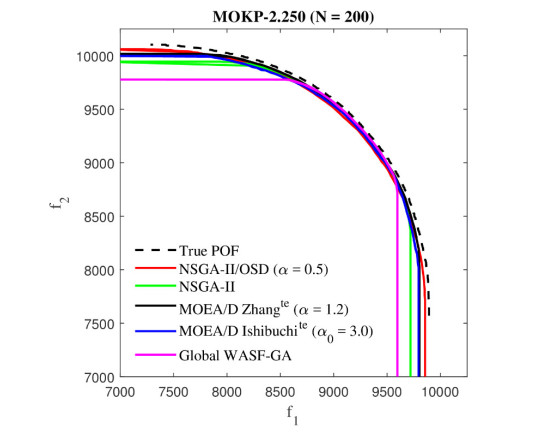
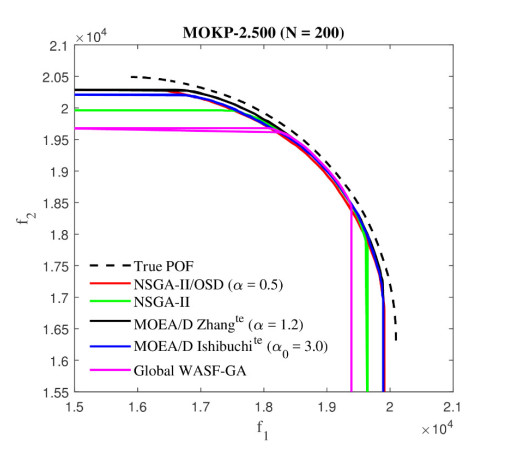
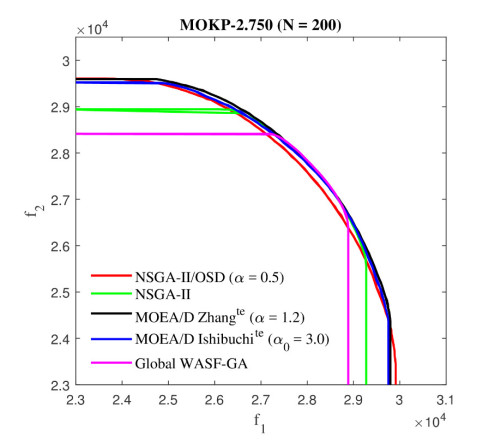


 DownLoad:
DownLoad: